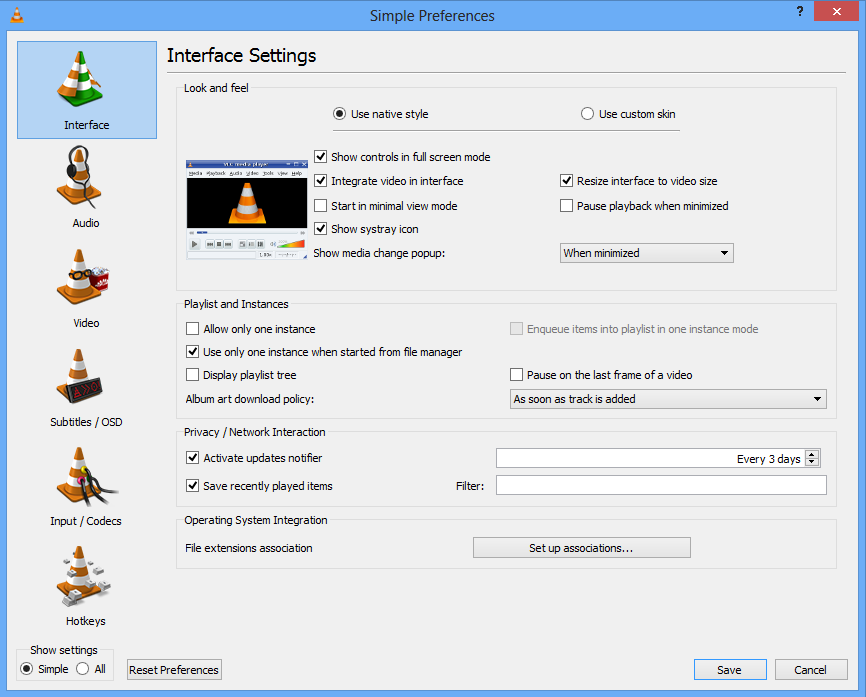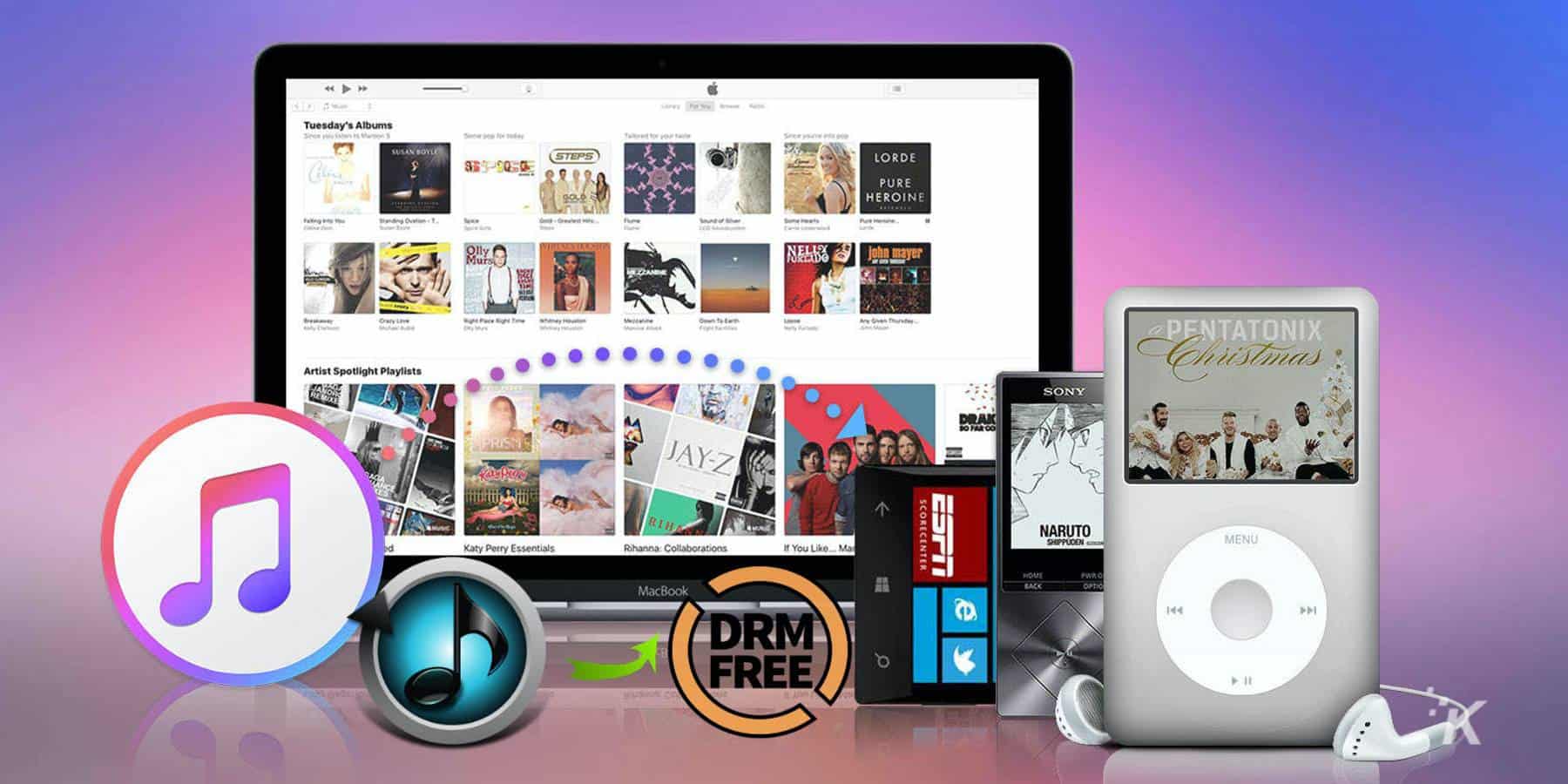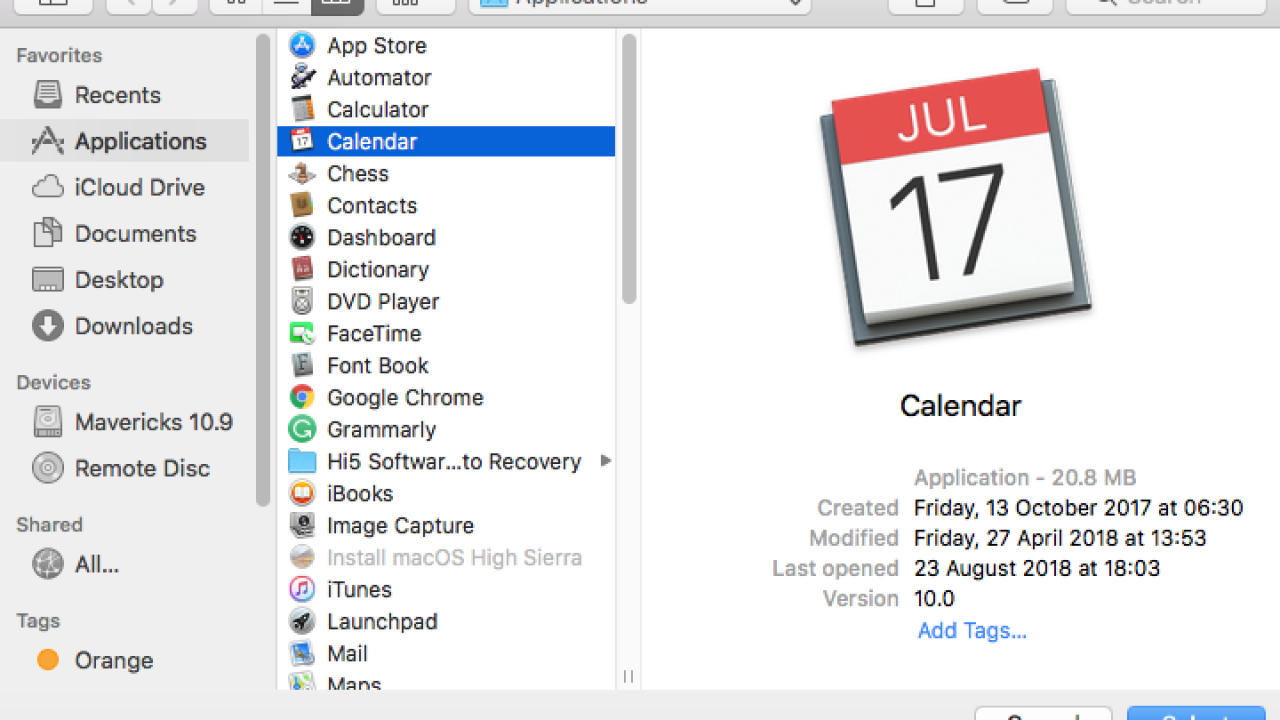

- #OS X CHANGE DEFAULT MP3 PLAYER WINDOWS 8#
- #OS X CHANGE DEFAULT MP3 PLAYER SERIES#
- #OS X CHANGE DEFAULT MP3 PLAYER DOWNLOAD#
- #OS X CHANGE DEFAULT MP3 PLAYER FREE#
when returning from a warning screen in Playlist ViewerĠ4cbb3c7e4: misc: Add 'mpga' as a valid file extensionįb91184c4f: PictureFlow: Fix broken (iPod) keymap Mitxela created an Ode to Rockbox on YouTube.ĮROS Q / K (and their clones) are now supported!Ĩd453ae9c3: Fix glitches with custom list title viewportsĮlements were not being drawn correctly or title text appeared delayed in several places when using themes with a custom viewport for list titles. We have moved our IRC channels over to the libera network. Recent activity: Project news Recent news when If your player is not listed above, then Rockbox does not run on it. Work has begun on porting Rockbox to these players, but much remains before they are usable:Ĭlick here for a status summary of unstable and unusable ports.
#OS X CHANGE DEFAULT MP3 PLAYER SERIES#
#OS X CHANGE DEFAULT MP3 PLAYER FREE#
If you have any questions, feel free to post a comment.Rockbox is a free replacement firmware for digital music players. These settings are stored on a per user basis, so creating a new user account will start you from scratch.
#OS X CHANGE DEFAULT MP3 PLAYER DOWNLOAD#
The only real way to reset default programs is to either download a registry file that will manually change each value or create a new user profile. I’m not sure why this option doesn’t exist, because it should, but it’s just not there. You do want to be careful changing these settings because there is no way to simply reset all default programs back to their original values. Hopefully, you can now double-click on an image and expect the correct program to open.
#OS X CHANGE DEFAULT MP3 PLAYER WINDOWS 8#
As mentioned earlier, you can change other defaults like the default media player to another program or app of your choice rather than the Video or Movies & TV app in Windows 8 and Windows 10. You can follow the same procedures as for Windows 7, but the only difference is that you will see the Windows Store apps listed as options too. The former is a desktop app and will load there and the latter is a Windows Store app and will load as an app. By default, all Windows 8/10 PCs will have Windows Photo Viewer and the Photos app installed. In Windows 8 and Windows 10, things are slightly different because now you have desktop apps and you have Windows Store apps. You can also get to this same dialog by right-clicking on the any file in Explorer, clicking on Open With and then clicking on Choose default program. In the first method, only programs that have registered with Windows will show up in that list and there is no way to manually add a missing program.

The advantage to this method as opposed to the first option is that here you can choose any program you like to open a file. When you click Change Program, you’ll get a list of Recommended Programs and Other Programs, along with an option to Browse to a program that is not currently listed. Going back and clicking on Adjust a file type or protocol with a program will allow you to browse through the hundreds of file types stored on the computer and then change the default program for opening that type of file. If you want to use a different program to open pictures, for example, select that program from the list and then choose Set this program as default. All other formats are set to open with Windows Photo Viewer. In the example above, Internet Explorer is set to open GIF images and Microsoft Office 2010 is set to open JPG files.

You can then click on Set this program as default to have it open all the default file types or you can click Choose defaults for this program to choose specific file types. Select the program and Windows will tell you how many defaults this programs is set to open. If you click on the first link, you’ll get a list of the different programs installed on your computer. Here you will see the two options I mentioned above: Set your default programs and Associate a file type or protocol with a program.


 0 kommentar(er)
0 kommentar(er)
